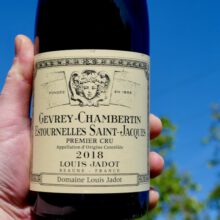
Product information
Domaine Louis Jadot Gevrey-Chambertin 1er Cru ‘Estournelles Saint Jacques’ 2018
Pinot Noir from Gevrey-Chambertin, France, Côte-de-Nuits, Burgundy
$295
Description
Jadot have turned out a divine Estournelles from 2018. Burghound’s note of it being an understated style rings true. Many 2018 from Gevrey-Chambertin are bold in nature. Here we see a delicacy that has it showing fine and elegant. Tasted blind you’d possibly look to another village. Deceptive it is, with considerable depth and length. Poise, flow and shape, with a perfume floating over delicious fruit. Jadot again showing a deft hand in crafting a sophisticated Pinot full of personality. April 2023
“Strong menthol influence all but overshadows the aromas of ripe yet cool black cherry, red currant and a floral top note. The racier and much more refined though less powerful flavors also exude plenty of minerality on the harmonious and sneaky long finish. Lovely and quite understated in style. Outstanding ♥”
Allen Meadows, Burghound
In stock
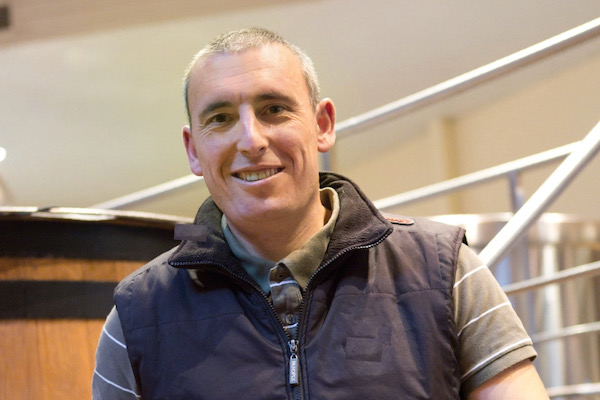
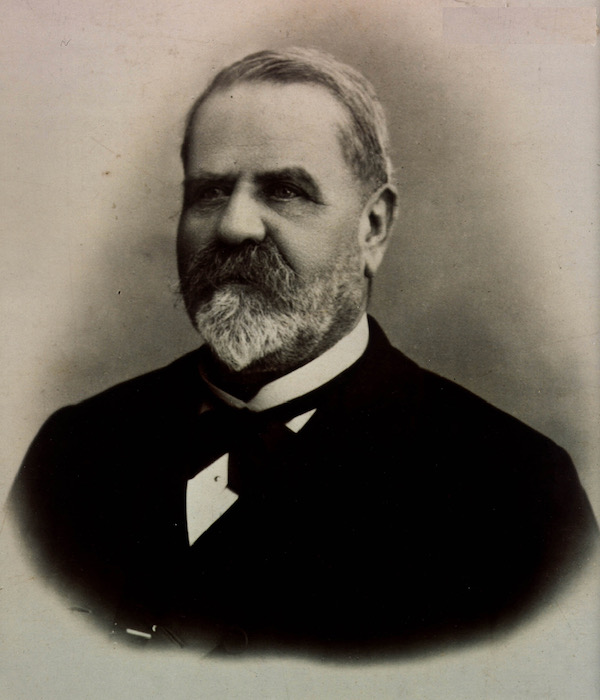

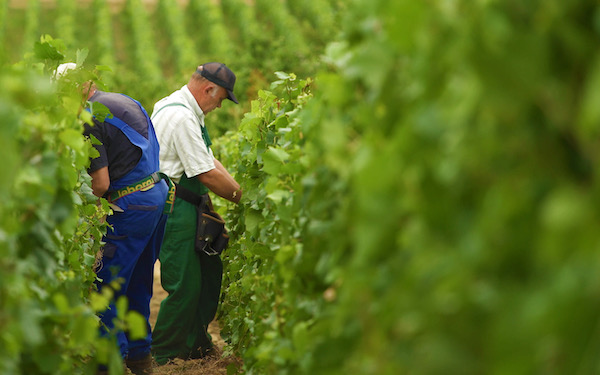
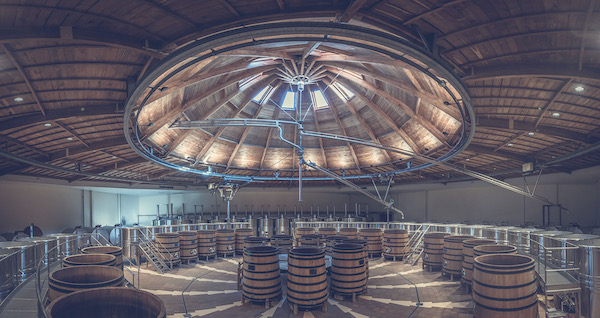
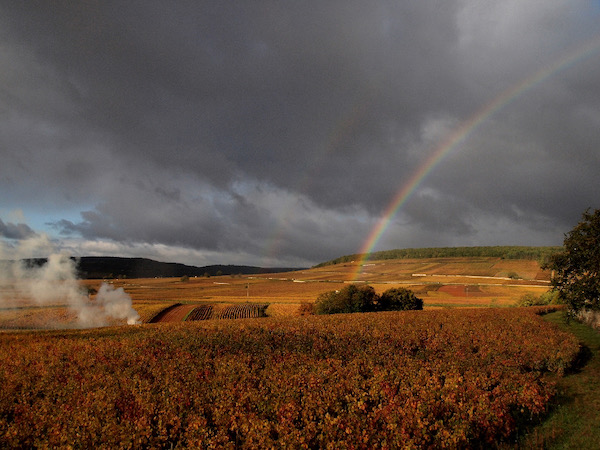
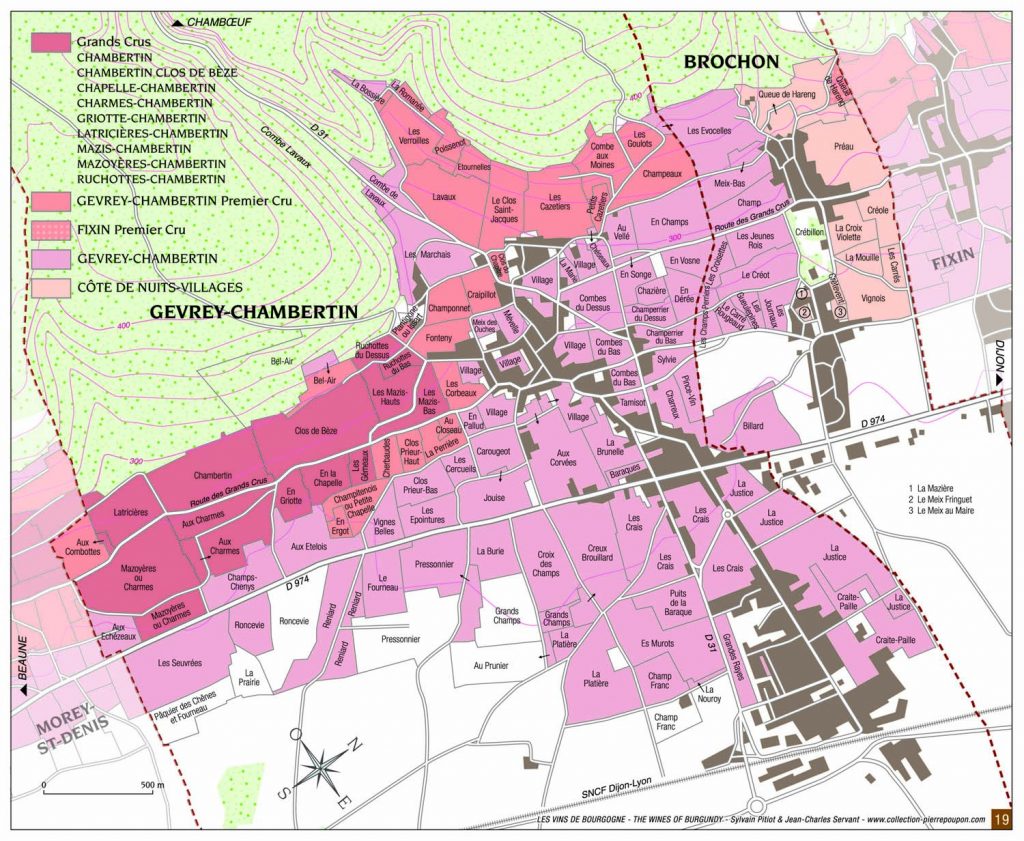
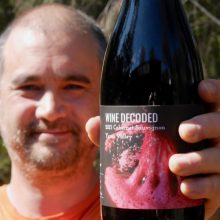
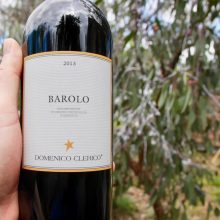
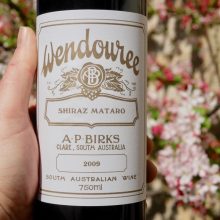
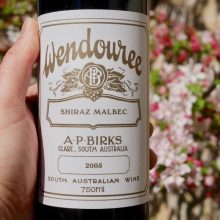
You must be logged in to post a comment.